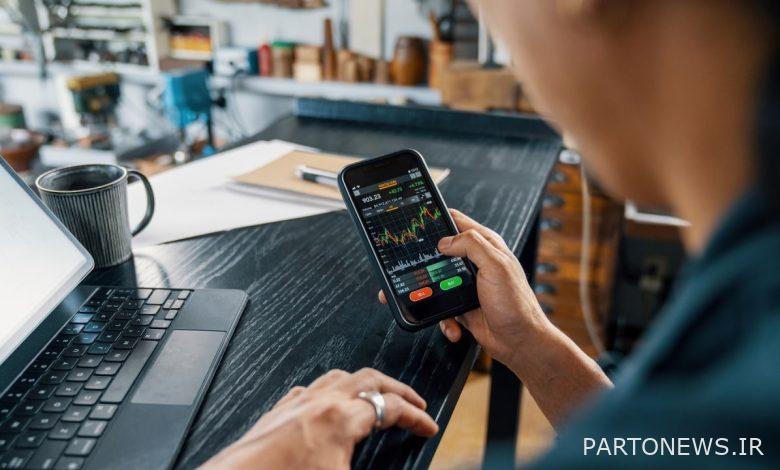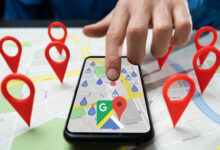Smartphones can be used to predict people’s risk of death

Your phone will also definitely vibrate several times throughout the day with different notifications such as messages or weather alerts. But in the future, another type of notification may be sent to the user’s phone in which the danger Death They are predicted in the coming years.
A new study that in the magazine PLOS Digital Health published, shows that tracking movement data through phone sensors can effectively reduce the five-year mortality risk of people with 70% accuracy to predict
This research is based on a lot of evidence that shows the relationship between walking speed and general health. Previous studies have used specialized 24-hour fitness trackers or in vitro “gait analysis tests” to provide accurate health and mortality predictions. However, the researchers in the new study questioned whether motion data collected through mobile sensors could also be sufficient to provide accurate predictions.
Predicting the risk of death with mobile phones
The researchers looked at a large dataset that included 100,000 UK Biobank participants. This group used wrist activity monitors for one week and were monitored for at least 5 years.
Their report goes on to say that with just six minutes of walking tracking per day, the predictive algorithm can provide estimates of mortality risk over the next five years that are as accurate as those made by permanent wearable devices or clinical walking trials.
So far, scientists have provided other methods to estimate the risk of mortality. Simple eye scans, blood screening, or short balance tests are some of the ways used to screen people for early death risk.
Now the scientists plan to conduct larger experiments focusing on data collected directly from the phones. They also plan to use more diverse study groups to refine their predictive models across different populations.

